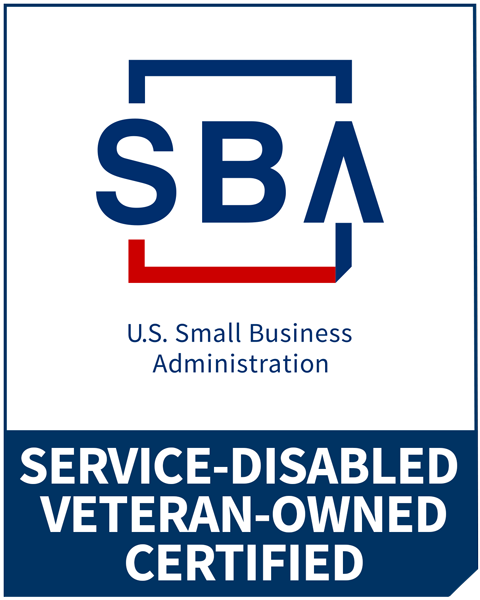A tornado is a violently rotating column of air extending from the base of a thunderstorm down to the ground, capable of completely destroying well-made structures, uprooting trees, and hurling objects through the air like deadly missiles.
Although tornadoes are most common in the Central Plains and the southeastern United States, they can occur at any time of day or night, at any time of the year, and have been reported in all 50 states.
Tornado Watch: Be Prepared! Tornadoes are possible in and near the watch area. The watch area is typically large, covering numerous counties or even states. Watches are issued by the Storm Prediction Center for counties where tornadoes may occur. Acting early helps to save lives!
Tornado Warning: Take Action! A tornado has been sighted or indicated by local weather radar and there is imminent danger to life and property. Move to an interior room on the lowest floor of a sturdy building, avoiding windows. Warnings typically encompass a much smaller area (around the size of a city or small county) and identified by a forecaster or trained spotter/law enforcement who is watching the storm.



